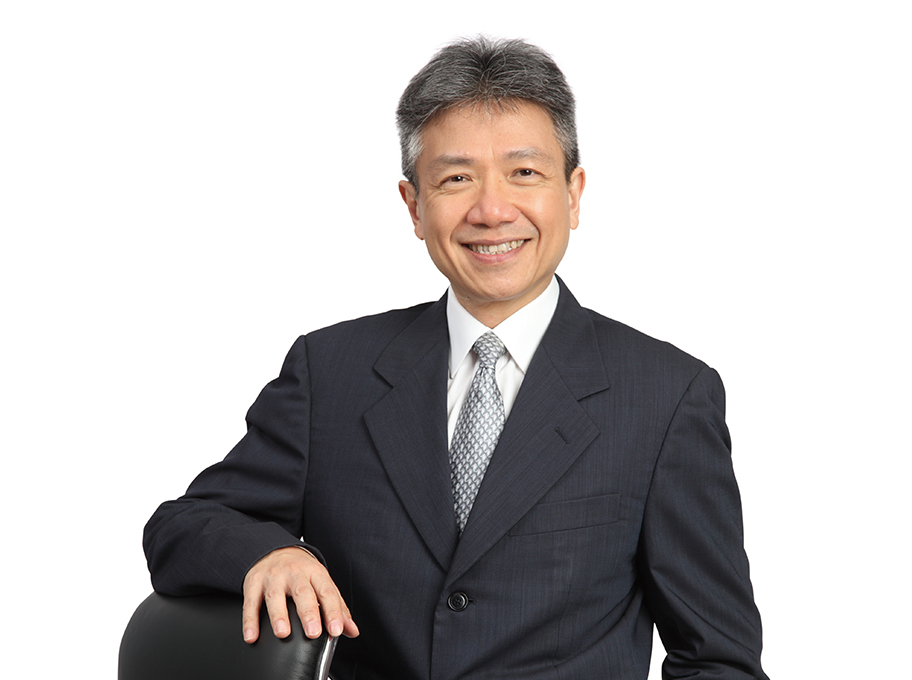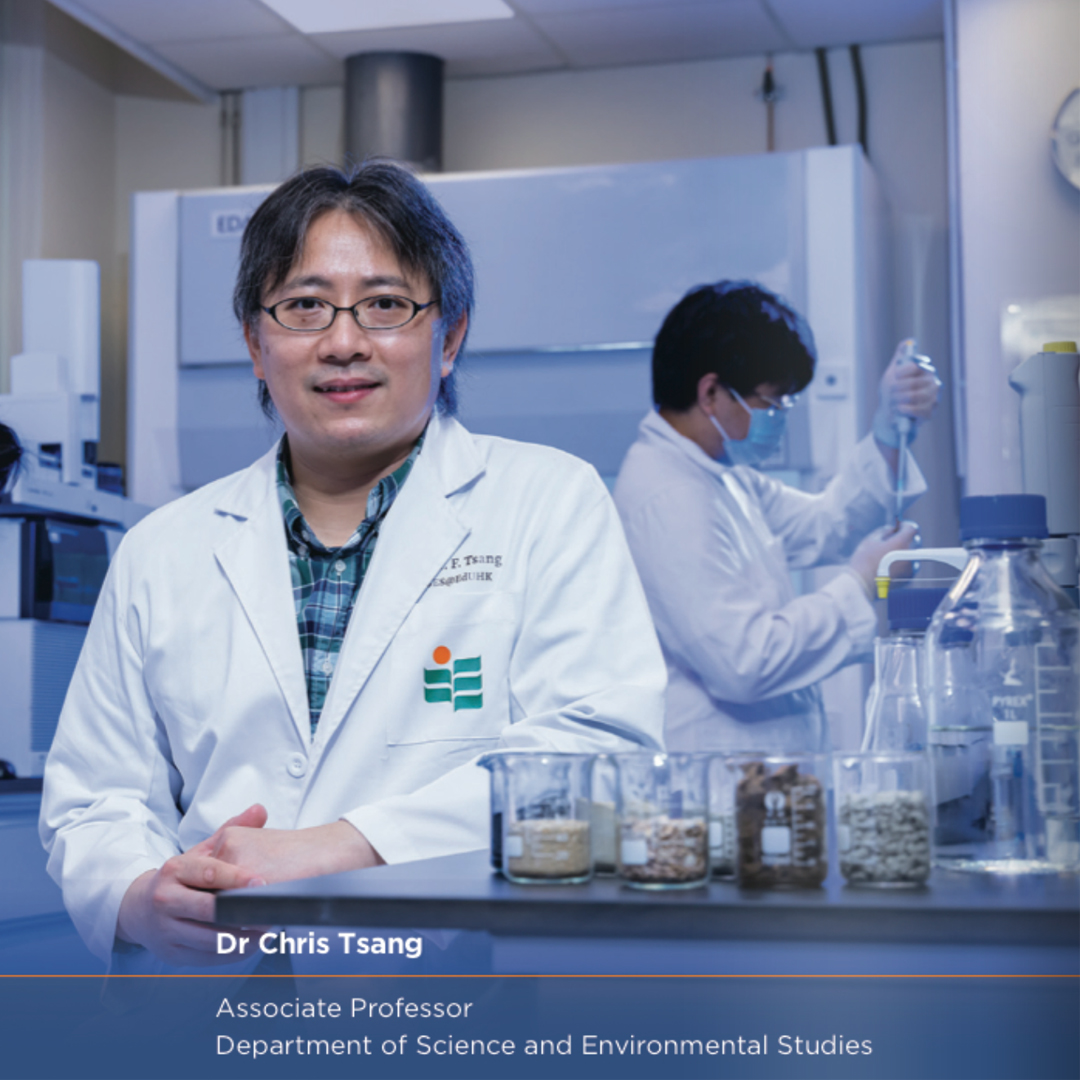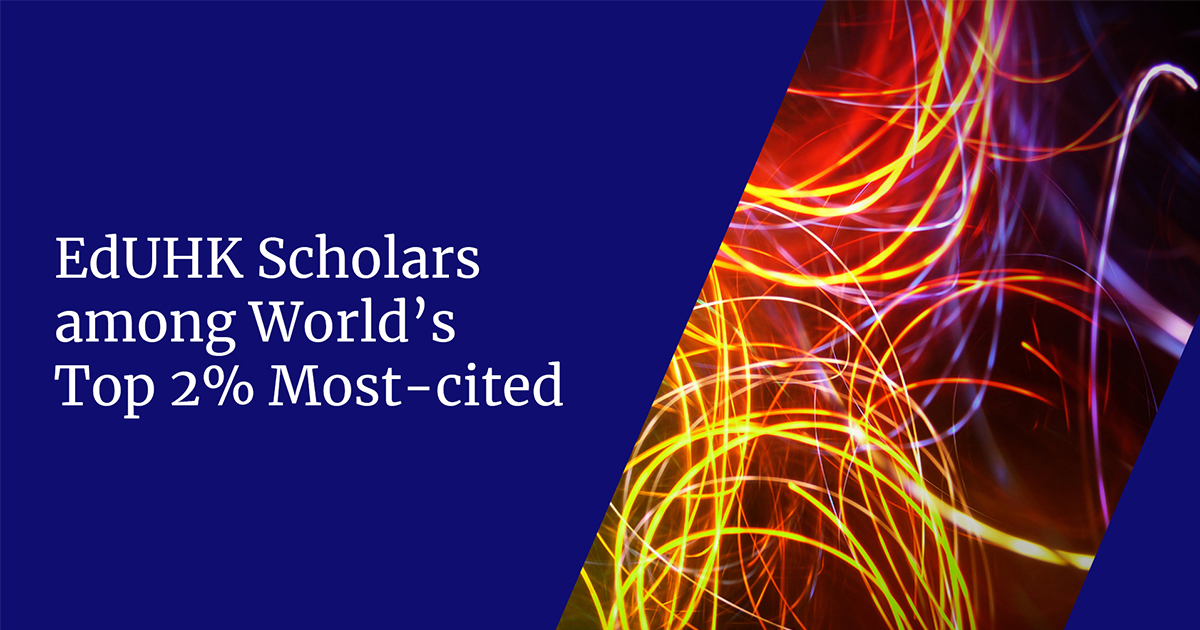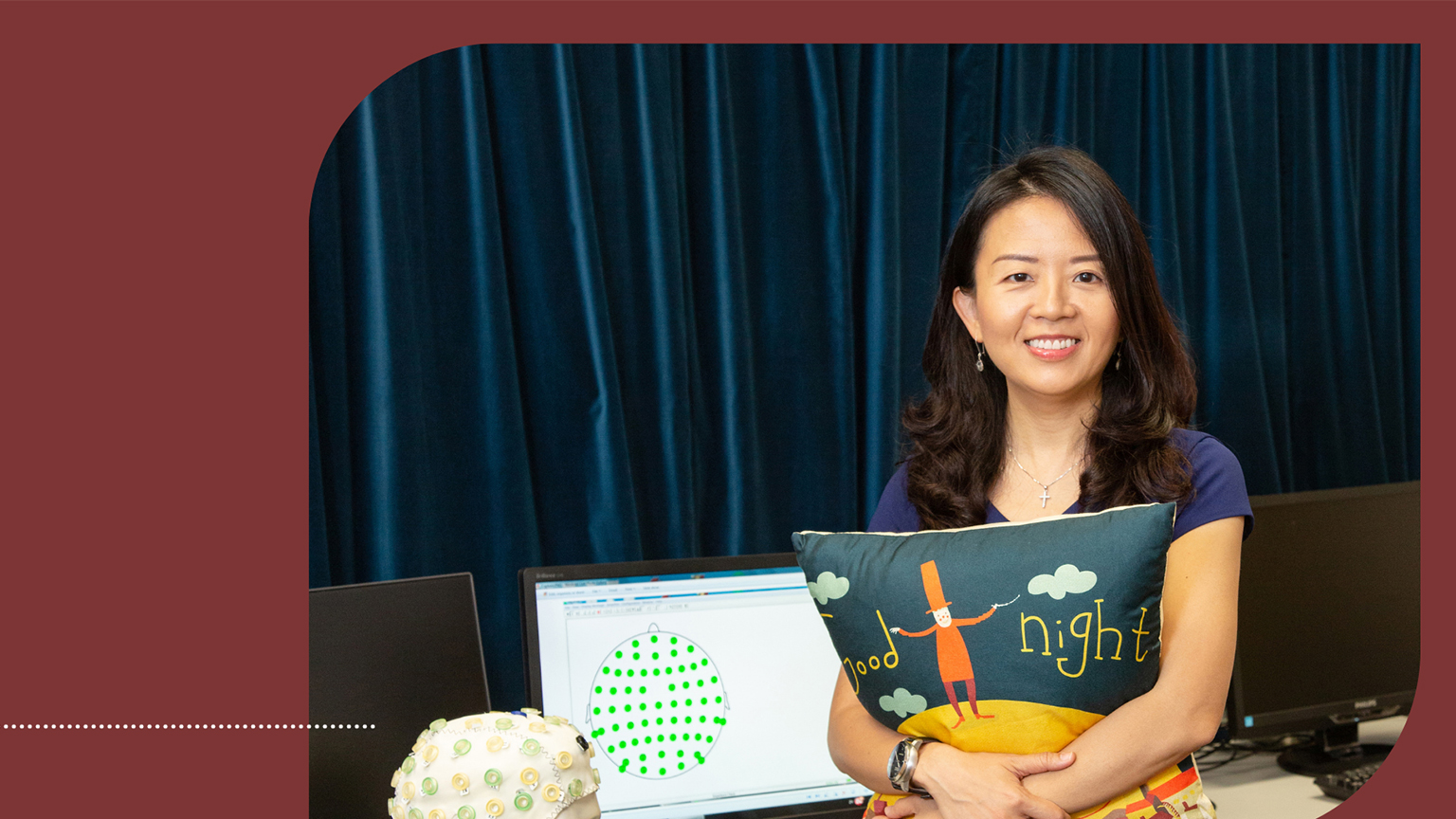Every child matters, and educational experiences when young, often leave an impression on people for the rest of their lives. For Dr Chrysa Keung, Assistant Professor of Department of Education Policy and Leadership (EPL) at The Education University of Hong Kong (EdUHK), the development of children from socioeconomically disadvantaged backgrounds is a key focus of her work. Her aim is to help young children develop positive thinking from an early age.
“A change in mindset can be initiated from the kindergarten stage, and parents, teachers, and even children do not allow external conditions to limit their thinking and future development,” she says.
Equality in education
Dr Keung majored in sociology and minored in anthropology at a university in Hong Kong. She began her academic interest during her PhD study, where she started looking at equality in education. Her thesis examined the relationship between family background and adolescents’ expectations for pursuing university education. After joining EdUHK, she remained committed to caring for people from socio-economically disadvantaged backgrounds, and further extended her areas of interest to education for younger children.
She pointed out that the working environment for early education is becoming more and more complex, and kindergarten teachers in Hong Kong need to consider the needs of children from different family backgrounds. For example, families in which both parents work, new arrivals to Hong Kong, as well as families from ethnic minorities all have very different living and educational experiences. “When designing teaching themes, kindergarten teachers will organise learning activities according to their social and economic background differences and the context of life experience. But the selection of content should not be limited to this scope,” Dr Keung says. She emphasises that children from these backgrounds need special care and attention from early years teachers, to identify individual needs and provide the appropriate support. This can present a significant challenge to teachers.
Dr Keung’s research project has won funding from the Research Grants Council’s (RGC) Early Career Scheme (ECS). Currently, the project targets six districts in Hong Kong based on their relatively higher level of poverty. Kindergarten teachers from these districts have been invited to take part in interviews, and to observe their daily teaching approach, as well as document the way they interact with young children. Through the project, Dr Keung hoped to better understand the professional challenges faced by frontline kindergarten teachers. This way, she can offer suitable suggestions to improve pre-service training; and ultimately enhance the professional standards of future kindergarten teachers.
Participation by students
Dr Keung intends to use the funding received from Early Career Award so that undergraduate and postgraduate students can participate in the research project. This will enable future teachers to gain valuable experience in research work, acquire relevant skills and understand more of the complexities faced by frontline teachers.











.jpg)

